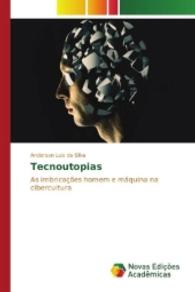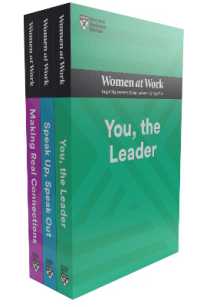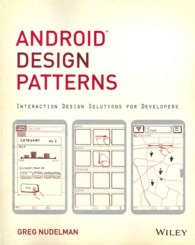Full Description
Invite young minds to engage in meaningful, standards-based science!
Good teachers know that science is more than just a collection of facts in a textbook and that teaching science goes beyond the mere transmission of information. Actively engaging students in the learning process is critical to building their knowledge base, assessing progress, and meeting science standards. Teaching Constructivist Science, K-8 shows teachers how to transform students' natural curiosity into dynamic learning opportunities. By helping students construct new knowledge using the understandings they bring to the classroom, teachers can make the most of instruction and new learning experiences. With practical applications, teaching strategies, activities, and assessment tools, this reader-friendly book demonstrates how to teach student-ready, standards-based science.
Teachers will be able to use:
Classic and new activities to teach big ideas with basic materials
An interview approach for uncovering student misunderstandings that block new learning
A rich resource list for finding materials and organizations
Guidelines for building a science-friendly environment
Sample lessons and learning experiences aligned to national science standards
Discussion questions for teacher study groups in each chapter
For both experienced and novice teachers, this accessible resource provides the perfect method to teach science in sound ways that make sense to students.
Contents
List of Figures
List of Tables
List of Activities
About the Authors
Preface
Acknowledgments
Part I. Foundations for Teaching Science
1. The World of the Scientist and the Nature of Science
2. The Content of K-8 Science
3. Characteristics of the Science Learner: Development in Childhood and Adolescence
Part II. Teaching Children Science: Approaches and Strategies
4. Developing the Classroom Curriculum
5. Engaging Students in Inquiry: Skills and Investigative Techniques
6. Designing Science Lessons for All: Differentiating Instruction
7. Making Real-World Connections
Part III. Planning, Management, Assessment, and Resources
8. Nuts and Bolts: Organizing and Managing the Classroom for Inquiry
9. Assessment and Evaluation
10. A Compendium of Resources
A Professional Development Bibliography
References
Index







